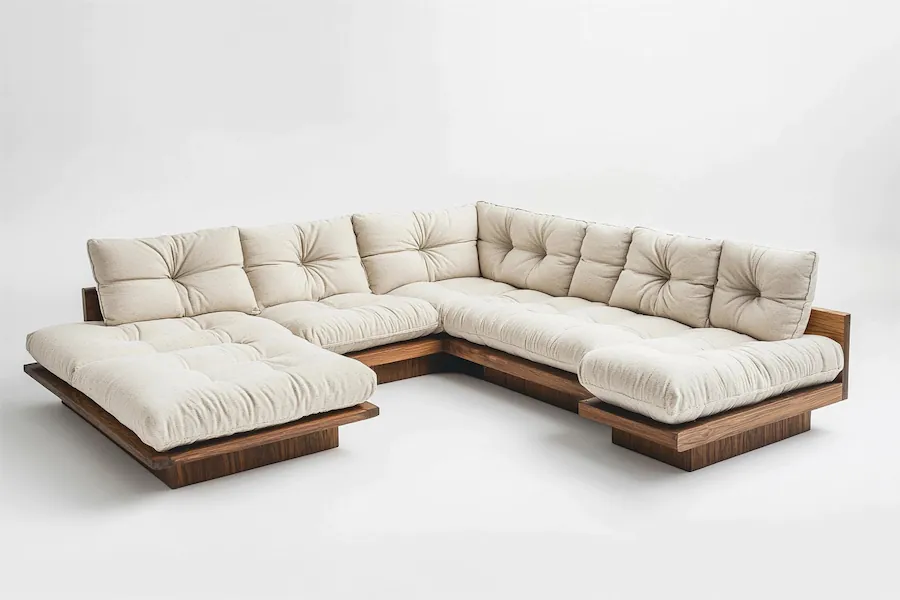Sectional sofas, known for their modular design and adaptability, have become a centerpiece in modern living spaces. This article explores their history, key features, applications, considerations for selection, and concludes with their enduring appeal.
History and Origins of Sectional Sofas
The origins of sectional sofas date back to the early 19th century in the United States, particularly in Virginia. Initially, they were practical pieces designed for easy transportation and assembly, often used in military settings. These early sectionals were simple in design, focusing on functionality. It wasn’t until the mid-20th century that sectional sofas gained widespread popularity in residential homes. Designers like Harvey Probber introduced modular furniture concepts in the 1940s, allowing homeowners to customize their seating arrangements to fit various room layouts and personal preferences.
Key Features of Sectional Sofas
- Modularity: Sectional sofas consist of multiple sections or modules, such as sofas, loveseats, chaise lounges, and recliners, that can be arranged in various configurations to suit different spaces and needs.
- Versatility: The modular nature allows for flexibility in design, accommodating L-shaped, U-shaped, or even circular arrangements, making them suitable for both large and small living areas.
- Comfort: Designed for relaxation, sectional sofas often feature deep seating, plush cushions, and ergonomic support, enhancing the comfort of users.
- Additional Features: Modern sectionals may include built-in recliners, sleeper beds, storage compartments, and customizable upholstery options, adding to their functionality and appeal.
Applications of Sectional Sofas
- Residential Spaces: Sectional sofas serve as focal points in living rooms, family rooms, and entertainment areas, providing ample seating for families and guests.
- Commercial Environments: They are commonly used in office lounges, hotel lobbies, and waiting areas to offer comfortable seating for clients and visitors.
- Open-Plan Layouts: Sectionals can act as room dividers in open-concept homes, delineating spaces without the need for additional walls or partitions.
Considerations When Choosing a Sectional Sofa
- Space and Size: Measure your room to ensure the sectional fits appropriately, considering both the dimensions and the configuration that will complement your space.
- Configuration: Decide on the layout—such as L-shaped, U-shaped, or modular pieces—that best suits your room’s layout and your seating needs.
- Material and Upholstery: Choose fabrics or leathers that align with your lifestyle, especially if you have children or pets. Durable, stain-resistant materials are advisable for high-traffic areas.
- Comfort and Support: Test the cushioning and support to ensure it meets your comfort preferences, considering factors like seat depth and back support.
- Budget: Sectional sofas come in a wide range of prices. Determine your budget beforehand to narrow down options that offer the best value within your price range.
Conclusion
Sectional sofas have evolved from practical, utilitarian furniture pieces to stylish and functional centerpieces in modern interiors. Their modularity, versatility, and comfort make them a popular choice for a variety of settings, reflecting the dynamic nature of contemporary design and living.
